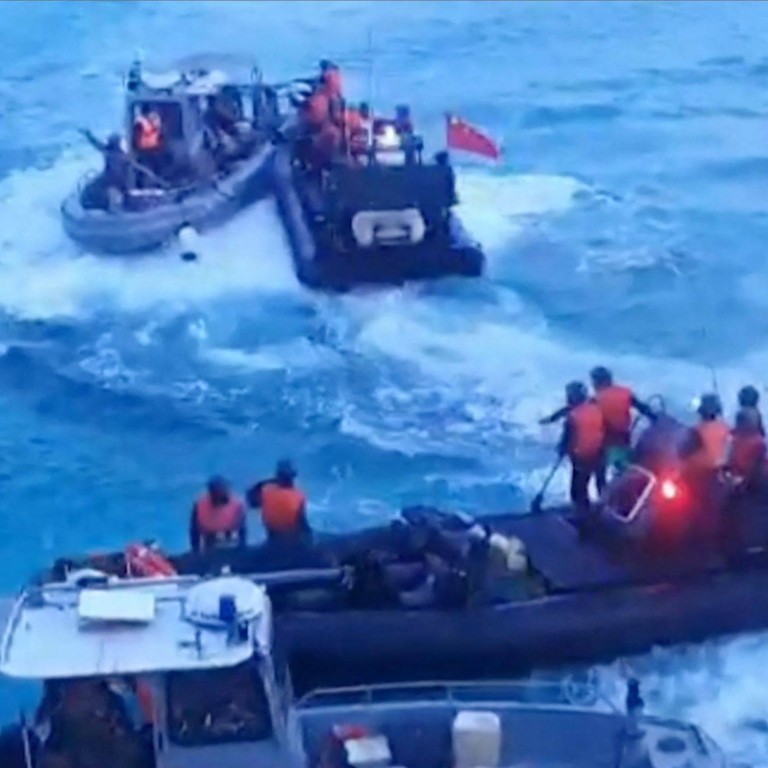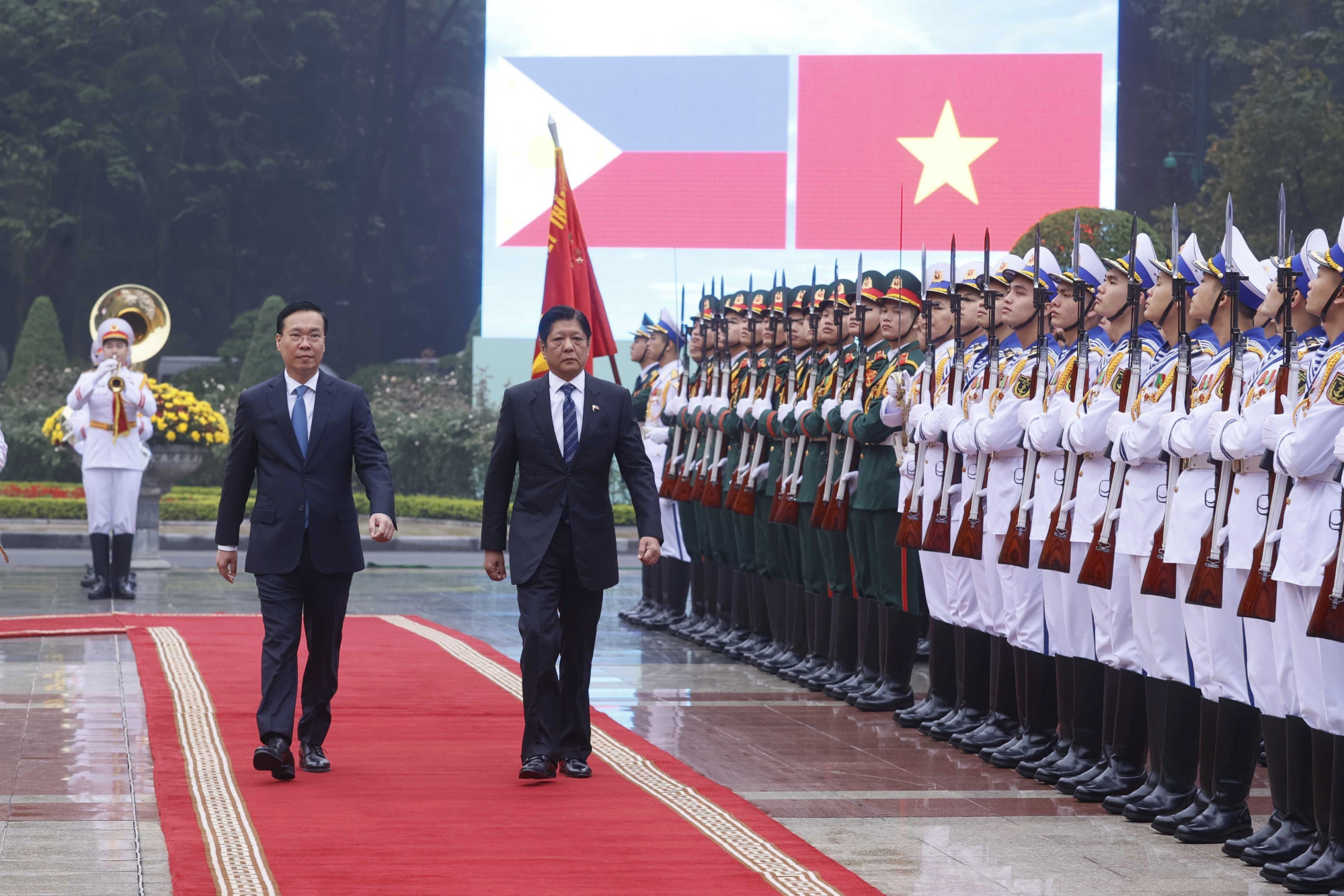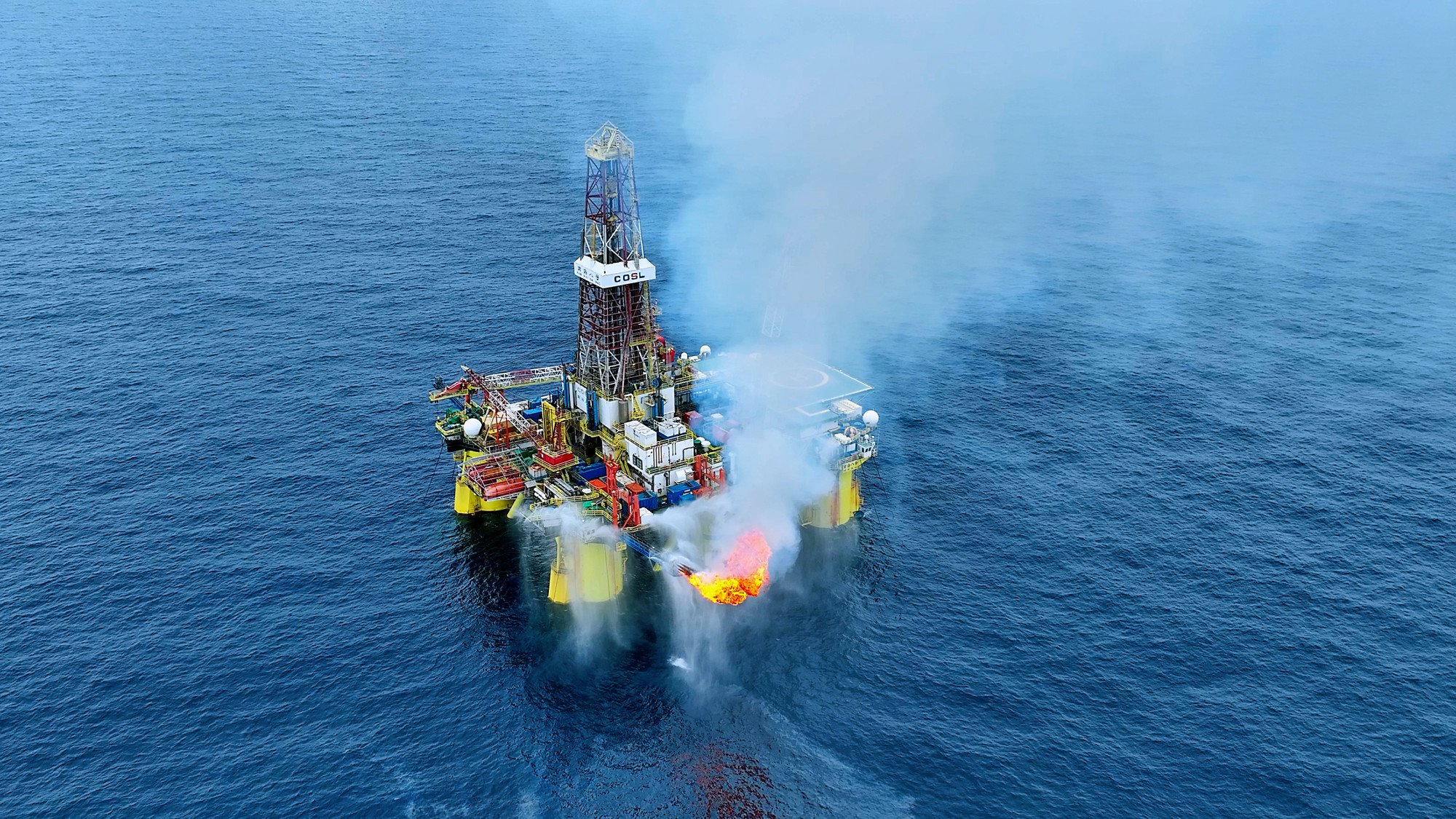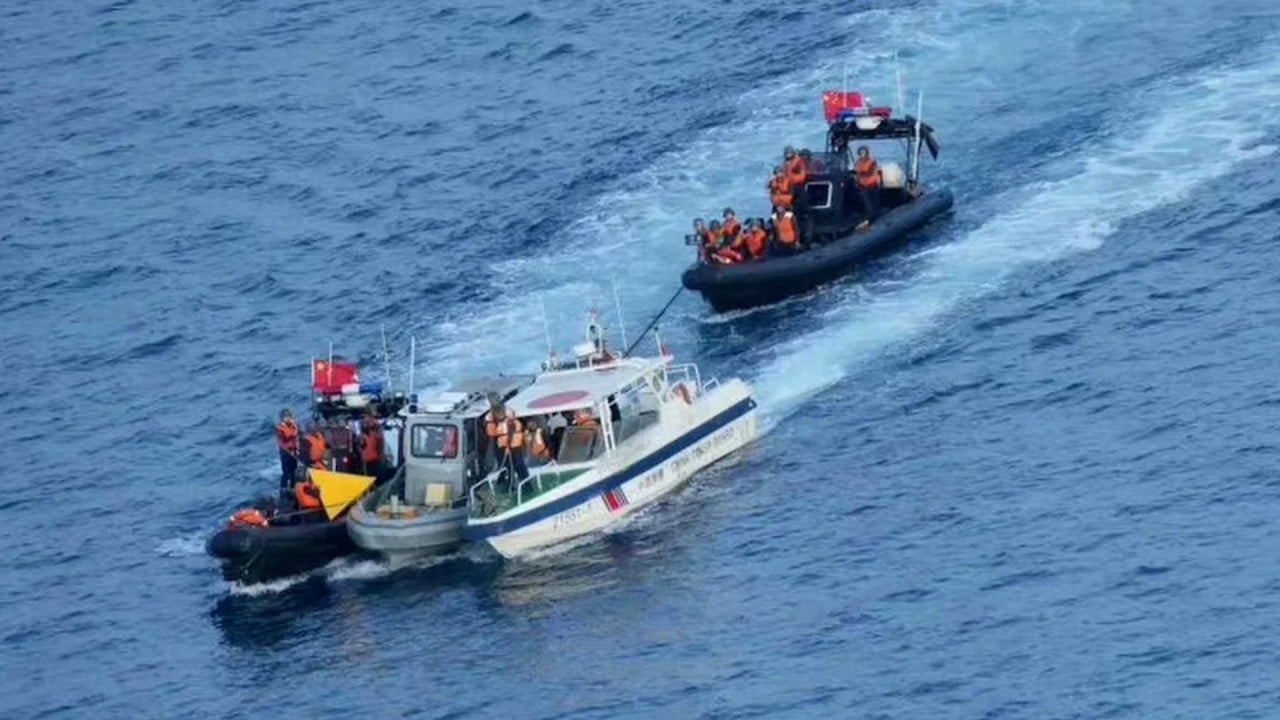
Vietnam’s proposed South China Sea talks with Philippines raises hopes of resolution pathway
- Hanoi’s proposed talks with Manila on their maritime boundaries come amid Beijing’s ‘coercive’ actions in the South China Sea
Analysts say strong political will from Manila and Hanoi is required after Vietnamese state media on Friday reported that the country was ready to discuss territorial boundaries for an undersea continental shelf in the disputed waters.
Philippine officials have expressed their readiness to hold talks to resolve such issues based on the 1982 United Nations Convention on the Law of the Sea (Unclos), the international treaty that provides legal guidelines to define coastal states’ territorial waters.
Under Unclos, a coastal state has the exclusive right to exploit resources in its continental shelf, a stretch of seabed that can extend up to 648km, including the right to authorise and regulate drilling activities.
Describing Vietnam’s stance as a positive sign, Minh Phuong Vu, a PhD candidate in international relations at Australian National University’s Coral Bell School of Asia-Pacific Affairs, said Hanoi was adopting a restrained approach to managing differences and tensions in the South China Sea.

“Instead of protesting the Philippines’ unilateral action or using force to intimidate and communicate disagreement like Beijing, Hanoi chose to express its willingness to settle the dispute via peaceful means,” Vu said.
The only hint of dissatisfaction was “subtly communicated” by Hanoi through its statement asking Manila to respect the legal and legitimate rights and interests of other nations, Vu added.
This willingness to negotiate does not mean that a formal process will begin between the two parties, according to Vu, as determining a continental shelf boundary is a complex process that would take a long time to resolve.
China’s presence in the South China Sea and its determination to assert its claim through force or coercive diplomacy was also likely to derail any further discussions, she added.
“[Hanoi’s] statement is perhaps more of a subtle way for Vietnam to call on Manila to refrain from taking unilateral actions that could spike tension in the region,” Vu said, adding that there was ground for optimism, citing past negotiations between Vietnam and Indonesia to discuss their territorial claims.
In 2002, Hanoi and Jakarta delimited their respective exclusive economic zones after 12 years of negotiations.
Alexander Vuving, a professor at the Daniel K. Inouye Asia-Pacific Centre for Security Studies in Honolulu, said a settlement between the Philippines and Vietnam on the matter would require strong political will from both sides.

Noting that it was almost impossible for either government to cede or trade territory, Vuving said the best option for the two neighbours was “to freeze their disputes or minimise them and set them aside so they can cooperate and share resources”.
Noting that Vietnam had already submitted its claims on the continental shelf about a decade ago, Vuving said talks on this central section of the South China Sea were conditioned by the UN deliberations on the two countries’ submissions.
“A solution depends not only on the two countries but also on the UN decisions,” Vuving said.
“While a final solution to the disputes between the Philippines and Vietnam is nearly impossible, the two can agree on temporary solutions if they have the political will to do so,” he added.
Joshua Espeña, vice-president of the International Development and Security Cooperation think tank in Manila, said while the negotiation process between both sides remained uncertain, it would be less difficult than discussions over the Code of Conduct in the South China Sea between Asean and China.
“That’s because Hanoi and Manila confront serious challenges from China and are Asean members committed to the regional norm of amity and cooperation,” Espeña said, noting that the only short-term complication was the “divergence in style” for negotiations.
“Manila brings its megaphone in diplomacy, Hanoi prefers quieter conversations”, he said, adding that each has “unique strategic cultural nuances” but noted that they must accommodate each other.
While Manila should tone down its “megaphone diplomacy”, Vietnam must be more committed to leveraging its relations with Manila to deal with the matter and should not downplay its neighbour as a “mere US sheriff in the region”, Espeña said.
“The outcome will most likely involve a commitment to uphold international standards on collisions at sea” as well as sharing information on their maritime activities to avoid collisions, he added.
China and the Philippines have been involved in several naval clashes in the South China Sea recently, including last week when Manila accused China’s coastguard of launching a “brutal assault” with bladed weapons.
Negotiations over a code of conduct to mitigate the risk of conflicts in the South China Sea began over two decades ago. Earlier this month, Asean said it hoped to speed up negotiations and conclude talks by 2026.

On the timing of Manila’s submission to the UN, Hanh Nguyen, a PhD scholar at the Australian National University, said the Philippines was signalling to the international community that it was a responsible state actor committed to international law and the rules-based international order.
“[This stood] in contrast with China’s recently more aggressive actions in the South China Sea,” she said, noting that negotiations would help clarify and prevent potential disputes from escalating and complicating Vietnam’s planned activities in the South China Sea such as drilling activities.
Vietnam’s efforts to diffuse intra-Asean tensions and resolve disputes among small claimants can serve a wider purpose, Hanh said.
“If successful, it could create momentum for small claimants to resolve their differences and reach a consensus on how to respond to China’s advancement in the South China Sea.”
Additional reporting by Associated Press


